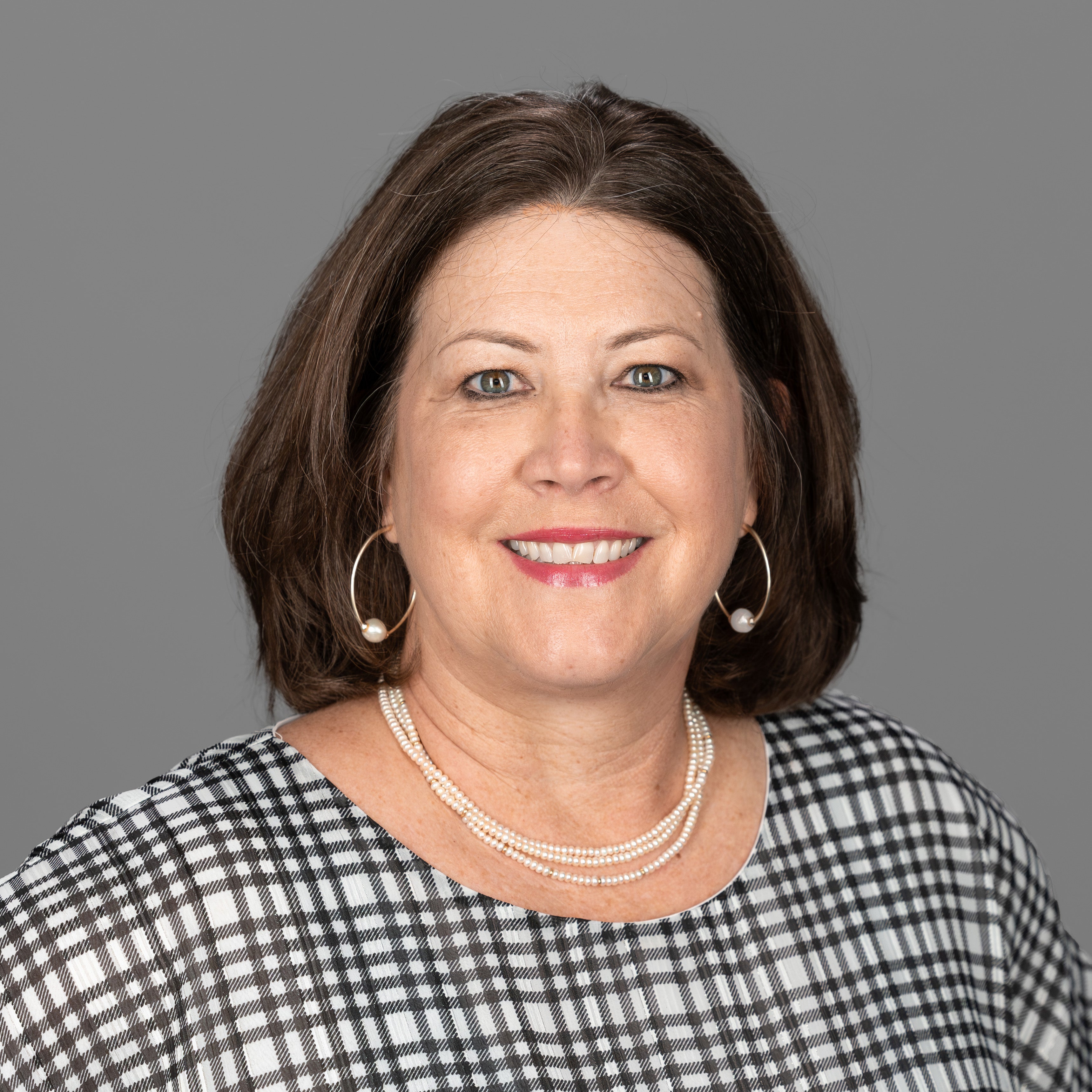Program Reviews Boost Success of Vulnerable Students
Students who receive services through special education, Section 504, and emergent bilingual programs are among the most vulnerable in your district, and often the most challenging to appropriately educate.
These program areas are guided by so many different laws, policies, and requirements, it’s enough to make anyone’s head spin. It’s critical to have comprehensive, written procedures in place in order to meet the often-complicated needs of students in these programs.
However, that’s only the first step. Ongoing reviews of your special programs can increase the chances of student success. Conducting program reviews is a proactive step that will benefit your district and help you:
- Monitor compliance.
- Increase alignment and consistency throughout the district.
- Foster communication among stakeholders.
- Potentially avoid costly and time-consuming litigation.
- Ensure that the needs of students in special populations programs are met.
Program Review Options
Districts have two options when it comes to program reviews:
- Internally with district staff.
- Consult an external entity.
Going outside the district is often the choice of those seeking an unbiased, comprehensive look at a particular area. Whether done internally or externally, reviews of this sort have the potential to provide valuable information regarding overall compliance and effectiveness of a program at a given moment.
To truly impact student success, however, a program review should not be a one-time occurrence. Program reviews should be a systematic and ongoing process with a focus on continuous improvement.
How a district engages in this process varies depending on specific and individual needs. A program review can consist of one or more components, including:
- A targeted review of documentation
- Focused stakeholder interviews
- Classroom observations
Whichever piece or combination of pieces is used depends on multiple factors:
- Historic areas of concern
- Identified areas of noncompliance
- Adherence to information provided in professional development
- Concerns articulated by a parent or staff member
A documentation review includes two separate parts:
1. Review of Individual Student Records
Special education, Section 504, and emergent bilingual programs each have a specific set of requirements. Documentation of decision-making meetings, parent communication, and other relevant components that show adherence to these requirements should be kept in a folder specific to the child. Whether this folder is kept electronically, in paper format, or both, these need to be regularly reviewed to ensure that all necessary components are included. It’s recommended that this be done monthly, at a minimum, and that a checklist be used to document findings.
2. Review of the Written Procedures and Practices That Are Needed to Effectively Carry Out the Program
These should be living documents that are updated as needed and thoroughly reviewed at least once a year to ensure that written processes and actual practices are in alignment.
Things to Consider
To assist in planning how a systematic and ongoing program review will be carried out, the following should be taken into consideration:
- Who? Consider whether district and/or campus-level personnel will complete the activity. Will it be the same people each time or a rotating group? Consider including individuals from outside the program area.
- What? Establish which documentation will be regularly reviewed and whether the paper and/or electronic versions will be used.
- Where? Determine if each component will happen at a central location, such as a district office, or at each individual campus.
- When? Think about the frequency with which the activity will be done.
- Why? Identify the purpose of a specific activity before engaging in it. Think about the individual needs of your district. Establish the criteria that will be used prior to starting.
- How? Identify how data/information attained from this process will be used to impact individual student performance and overall continuous improvement. Plan how the information will be shared with relevant stakeholders. What training can be provided and/or what updates to written processes should occur to address identified issues?
Board Member Support
Establishing and implementing an intentional, systematic, and ongoing program review process may seem like an overwhelming and time-consuming task; however, it doesn’t have to be.
Look at the district’s specific data and determine the greatest area of need. Start with that area and build from there. As this process continues, the district will establish what works best to meet its current needs and address any issues that are found.
Board members can support this process in the following ways:
- Learn about district programs that support students with disabilities and second language learners.
- Acknowledge and celebrate what is going well.
- Address issues honestly, openly, and without placing blame.
- Recognize the complexity and challenges of providing services to these populations of students.
- Remember that the overall purpose of systematic program reviews is continuous improvement. This is not a “gotcha” situation.
- Support professional development to address areas of concern identified through the review process.

Denise Carter
Denise Carter serves as manager of TASB Student Solutions, where she leads an energetic and innovative team dedicated to supporting districts in special populations areas.
Carter’s 28 years of education experience in special education, general education, and administrative roles help her to meet the varied needs of all Texas school districts such as operating procedures, full program and folder reviews, professional development, executive coaching, and special education workload staffing analysis.
Carter joined TASB in 2019. She holds a bachelor’s in education from Southwest Texas State University in San Marcos and a master’s in education from The University of Texas at Austin. She is pursuing a doctorate in educational leadership from Hardin Simmons University in Abilene.





